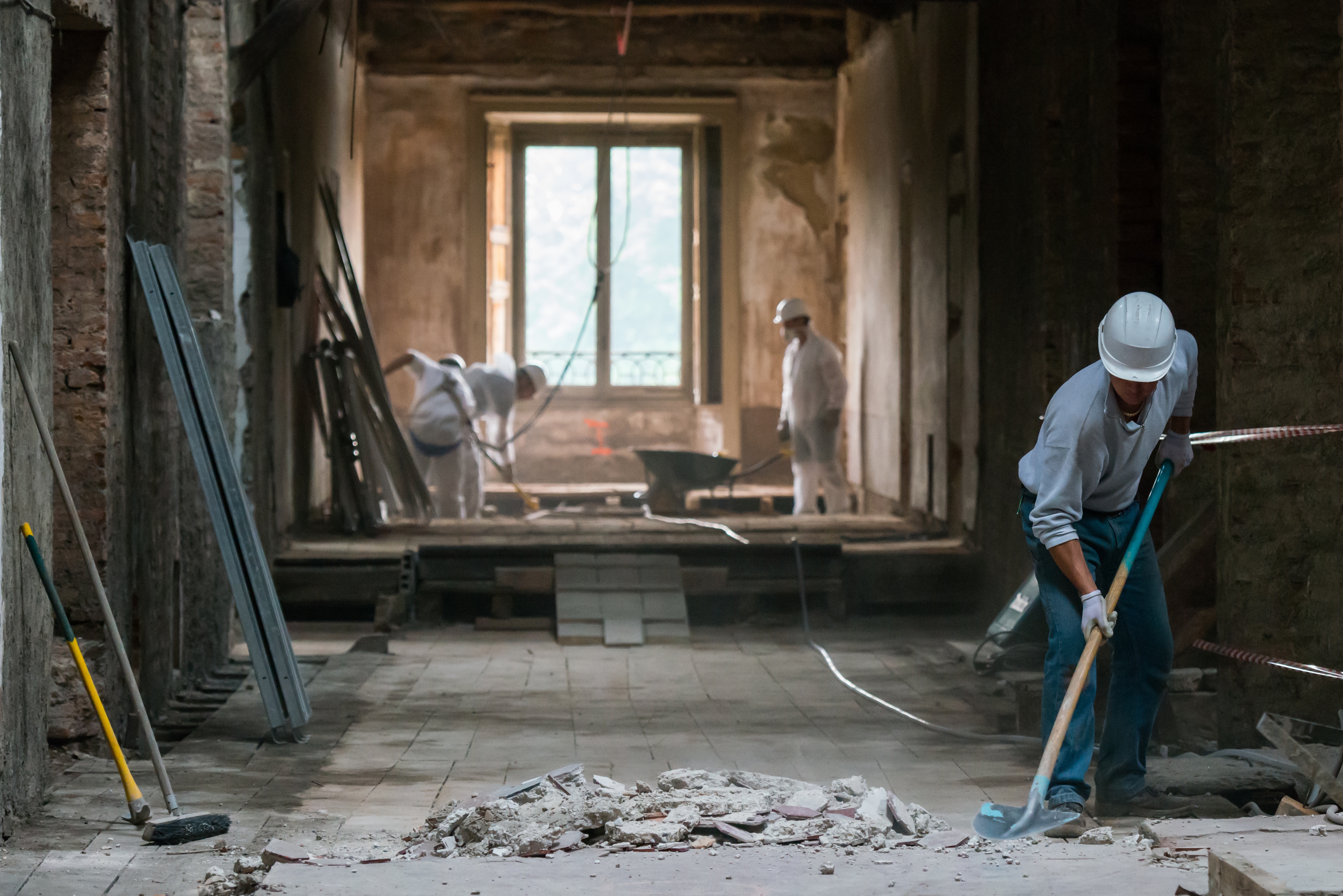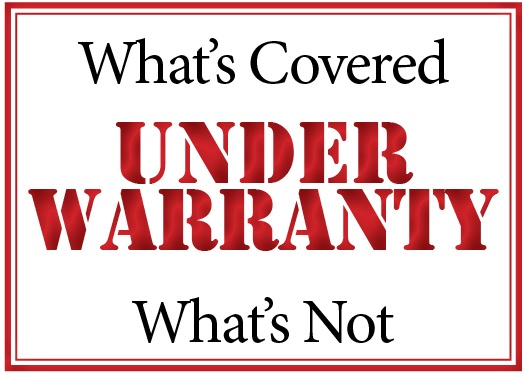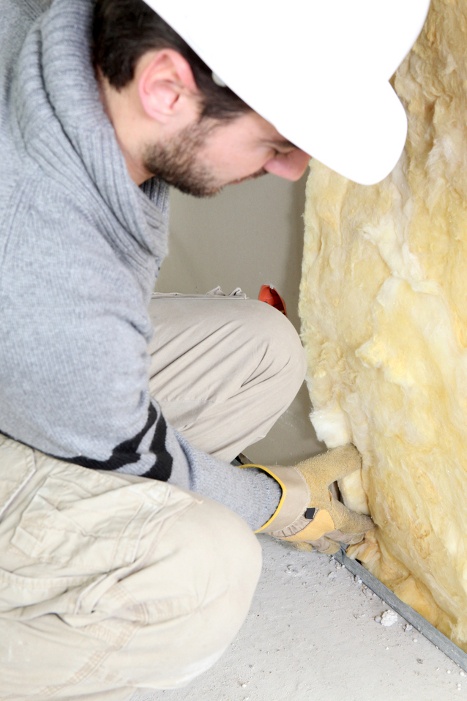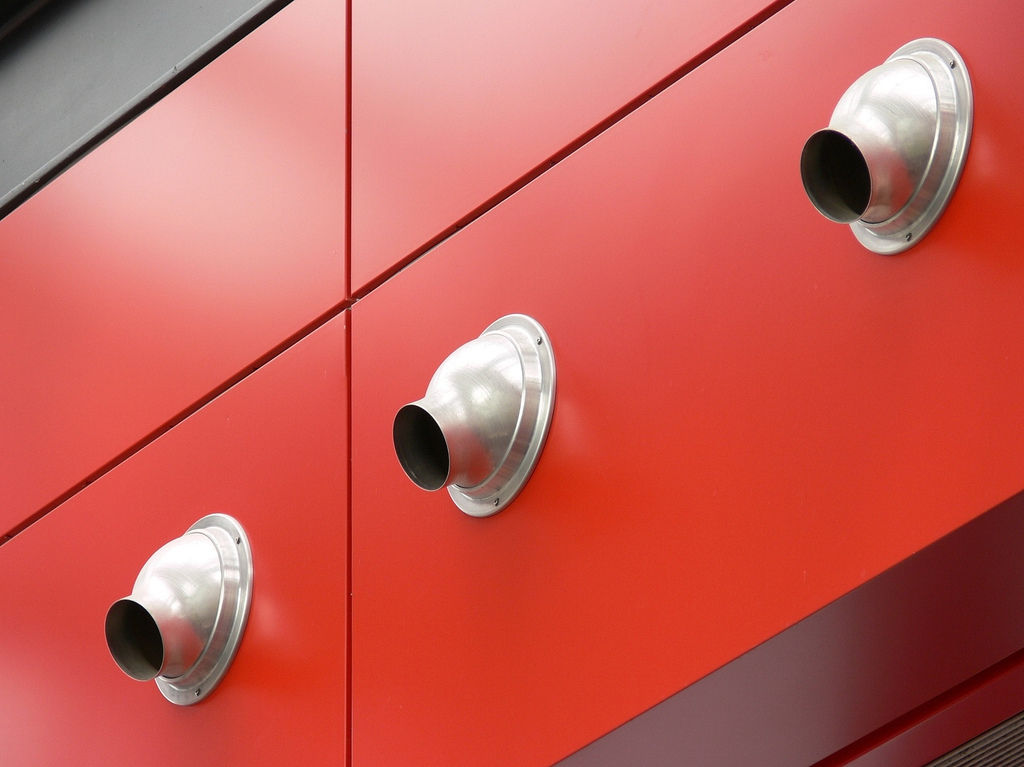Remodeling Nightmares: What's Hiding in Your Walls?
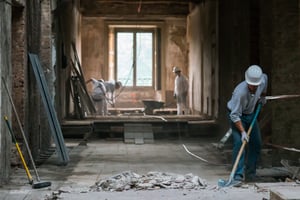 Additions and renovations should be a dream come true, but all too often, they turn into the stuff of nightmares. The reason: what’s already hiding inside the walls of your home.
Additions and renovations should be a dream come true, but all too often, they turn into the stuff of nightmares. The reason: what’s already hiding inside the walls of your home.
The truth is, whether your home is older or a more recent build, there could be surprises lurking behind the walls that you don’t want to think about, let alone pay to repair or replace! Here’s what you should be considering when you set your budget and why you should always build in an emergency fund to cover these unwelcome surprises and unplanned changes in an addition or renovation.
Plumbing Problems
When it comes to plumbing problems, there are several issues that could be hiding in your walls and even under your floors. Old, rusted, galvanized pipes are a common problem, but in older neighborhoods, you may even find cast iron (or worse, lead!) used for some of your pipes. When these types of pipes are incorrectly joined to newer copper or PVC pipes, the joints can be another problem.
Terracotta pipes (usually sewer and waste water pipes) are another problem in older homes. Over time, clay pipes can soften and collapse, and when that happens under your floors, you can have a big problem on your hands.
Electrical Issues
There are several kinds of electrical problems that can add to the cost of your addition or renovation. One possibility is that your wiring is old and outdated, and you might need a full rewire. Another common – and often costly – issue can arise if you have old panels or panels that are too small for your home.
And then there are cases where it’s discovered that wiring was done improperly or not according to code, which may mean repairs or replacement is necessary.
Asbestos Wrap
In older homes, ducting and other items in the walls may have been wrapped with asbestos, which was actually a common building material several decades ago. It’s not harmful until it’s disturbed, but if you open the walls for a renovation and find this stuff hiding there, you’ll need to pay to have it properly remediated.
Mold
Many of the hidden problems in homes are related to the age of the home, so if you own a recently built home, you’re probably going to be okay. Mold is a definite wild card, however, because it can be present in a home of any age. If you find toxic mold in your home during additions or renovations, it will need to be remediated, and you will probably also need to fix a leak of some sort, because mold growth can almost always be tied back to some sort of leak.
Structural Issues
When you start opening up walls, you may also find problems associated with the structure of the home. These are potentially some of the most expensive to fix. It’s surprising how often a fire will have occurred and, instead of replacing damaged structure, it’s simply dry walled over. Or perhaps there are missing studs, or your framing doesn’t meet code.
All of the examples here are worst-case scenarios but should still be considered. They’re all great reasons to make sure your budget includes a 5 to 10 percent contingency, too. That way, you can get the additions and changes you want without having to apply for additional financing.

